When astronauts Sunita “Suni” Williams and Barry Wilmore went into space in early June this year, they were expected to return to Earth within a week.
However, repeated complications and safety concerns mean the duo remain in space nearly a month after initially leaving Earth. Now, reports suggest they are many more months away from returning.
Timeline For Return Remains Uncertain
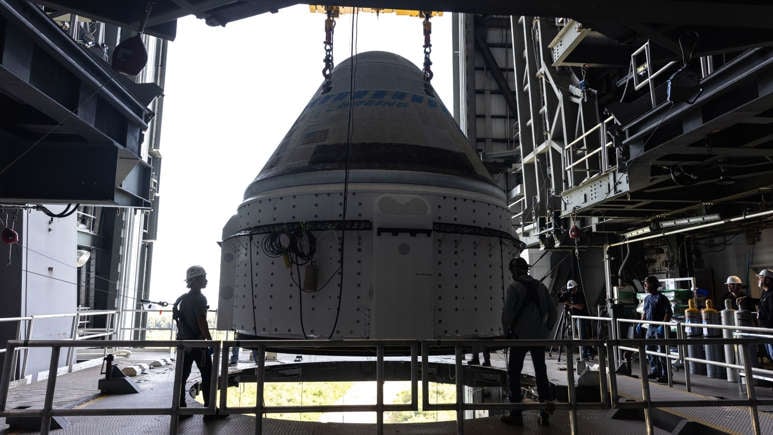
In a Friday briefing, NASA emphasized uncertainties regarding the timeline for Williams and Wilmore’s return. “We’re just looking at the timeline to execute (the test in New Mexico) and then review the data,” the organization said.
One reason for the delay in return is to allow NASA and Boeing to conduct ground experiments. These experiments are hoped to give insight into why the Starliner’s thrusters have failed.
Original Plan in Tatters
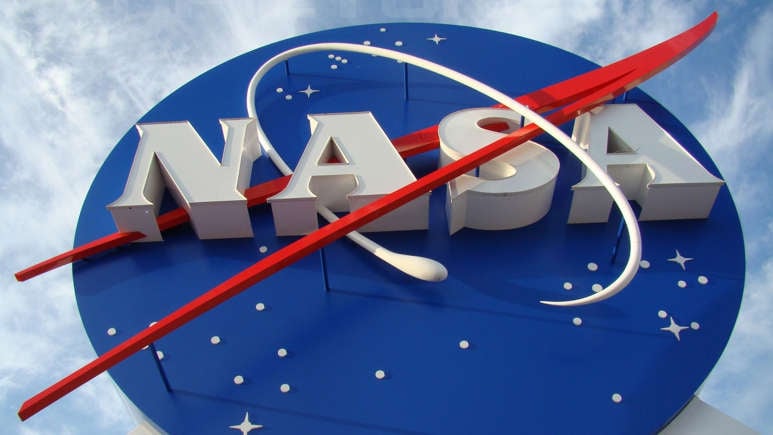
After successfully docking with the International Space Station on June 6th, astronauts Wilmore and Williams were supposed to return to Earth on June 13th.
However, repeated issues with the spacecraft meant the two astronauts faced repeated delays in their return. The latest reporting, however, is a contrast to previous NASA statements which said the two’s return was unlikely to expand beyond July.
New Testing Brings Hope
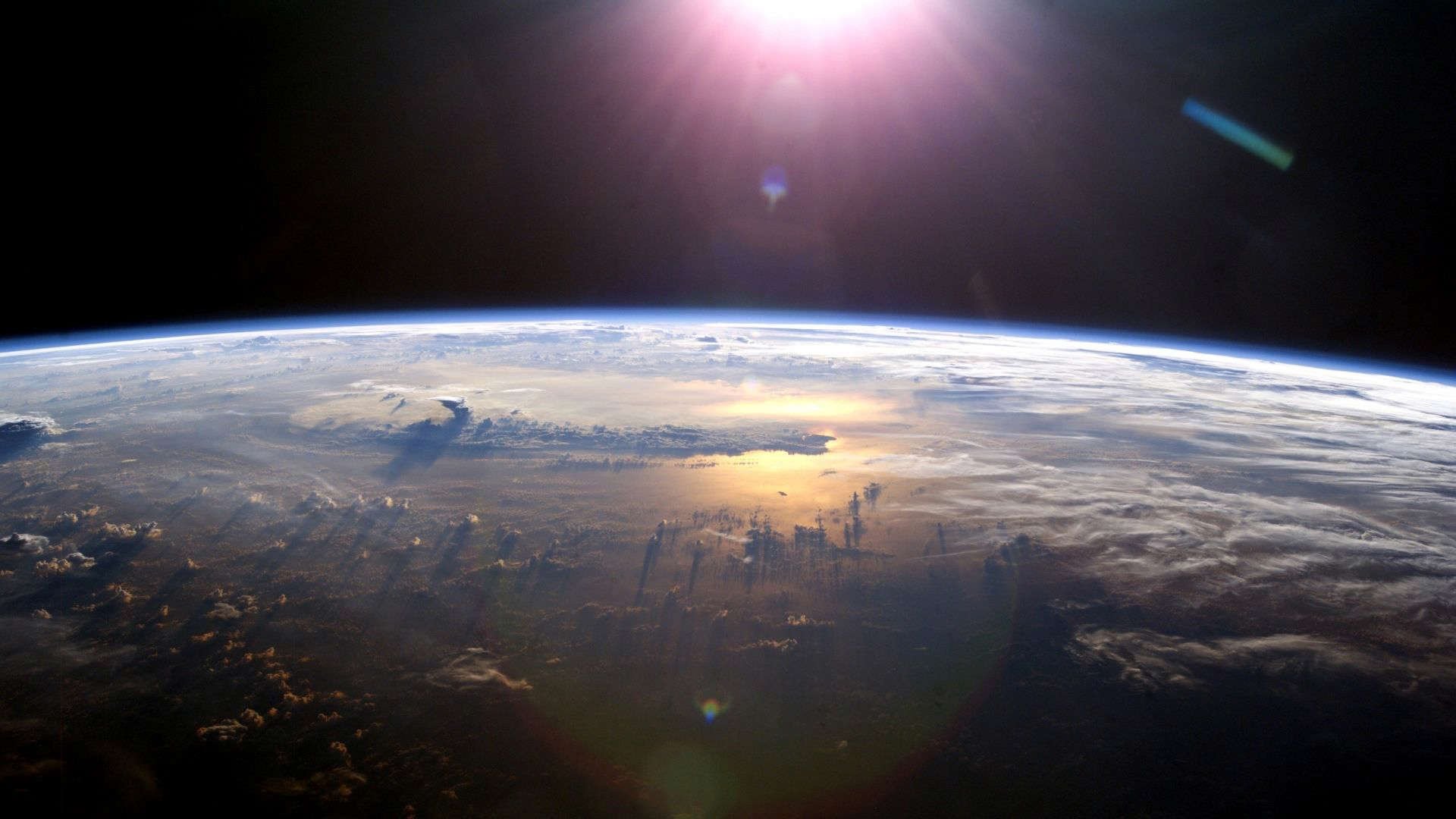
It is hoped that ground tests will narrow down possible reasons for the thrusters’ failures. Boeing’s Mark Nappi said that if testing, “comes back and gives us all the answers, then we can just undock and come home.”
However, he added, “If it comes back and says, ‘Here’s 80% of the solution. And if you just run one more docked hot fire (test on the Starliner in orbit), you’ll get all of the answers’ — then we want (Starliner) to be there so that we can obtain that information.”
Previous Boeing Comments
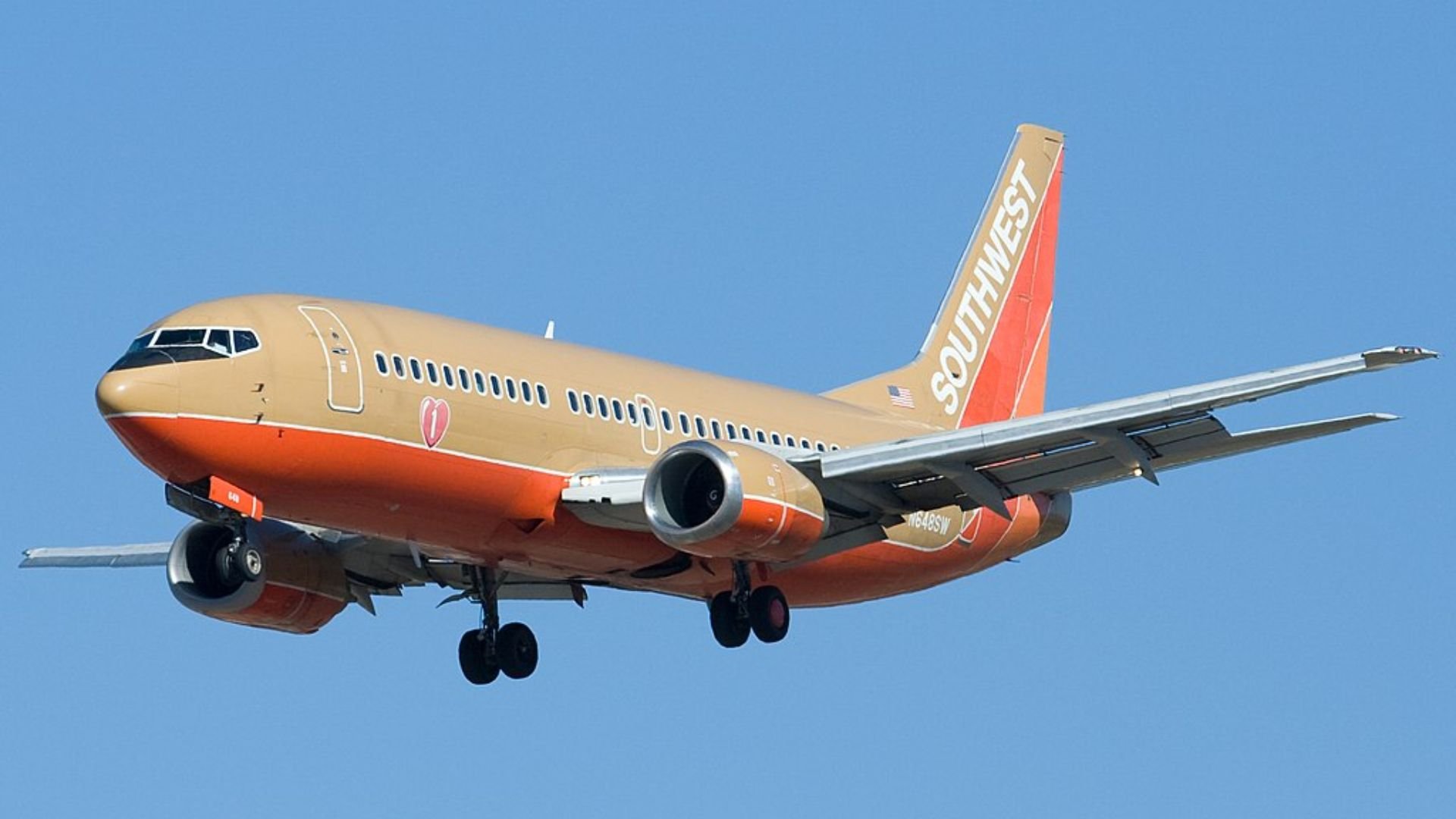
Mark Nappi, who is Boeing’s Starliner program manager, previously held a press conference on June 18th, where he emphasized the uncertainty faced by Boeing and NASA.
“We’ve learned that our helium system is not performing as designed,” he said, adding, “Albeit manageable, it’s still not working like we designed it. So we’ve got to go figure that out.”
Further Delay
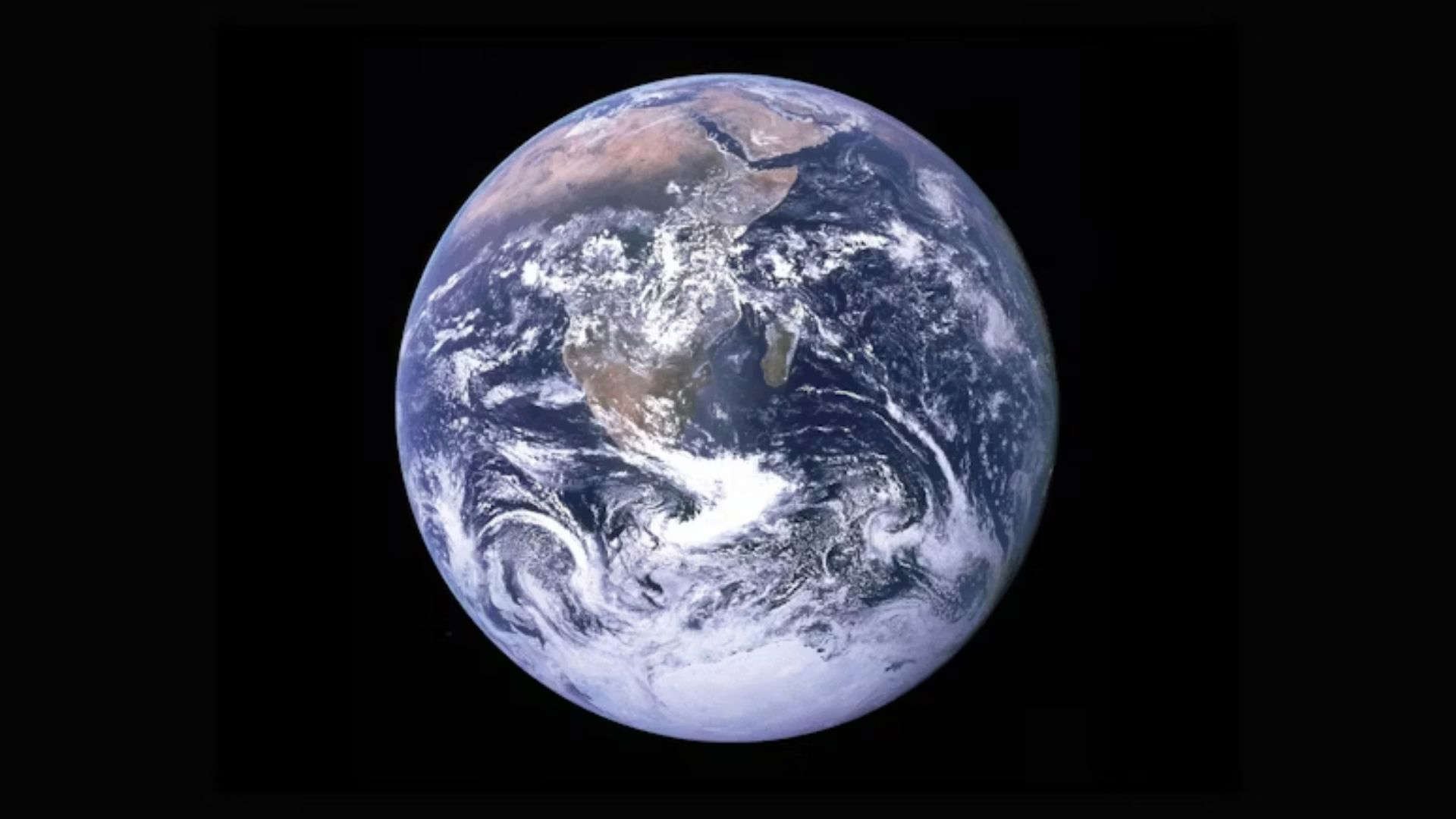
While Wilmore and Williams are now expected to spend a number of months in space before returning to Earth, NASA had previously said the astronauts were not expected to remain in Space beyond July.
One reason for the initial reluctance to keep the astronauts in space beyond July was the limited fuel supplies.
Meet The Crew
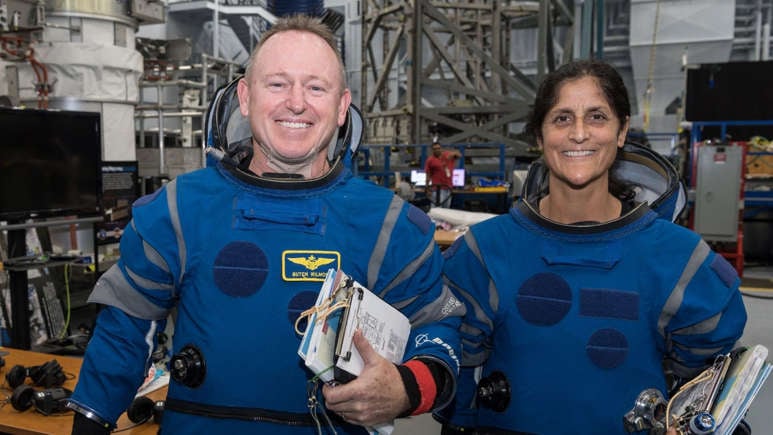
Barry E. Wilmore, one of the two astronauts aboard the Starliner, previously piloted NASA’s 2009 STS-129 mission and returned to space once again in September 2014 as part of Expedition 41/42.
Meanwhile, pilot Sunita “Suni” Williams, began training as an astronaut in 1998 and was launched into space in 2006 via NASA’s STS-116 mission. This latest Boeing mission made Williams the first woman to pilot a spacecraft on its maiden test flight.
More Headaches For Boeing
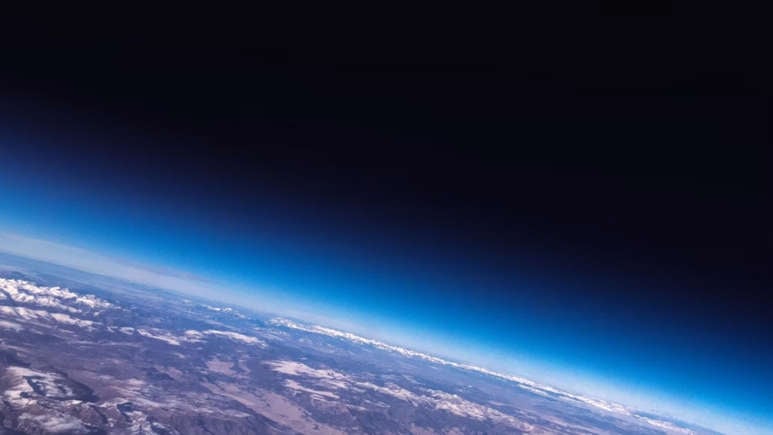
The latest problems with the Starliner cap off a difficult first half of 2023 for the company.
In January, a Boeing 737 Max 9 passenger jet lost a rear door plug in mid-flight, prompting an FAA audit.
Implications For The Space Race
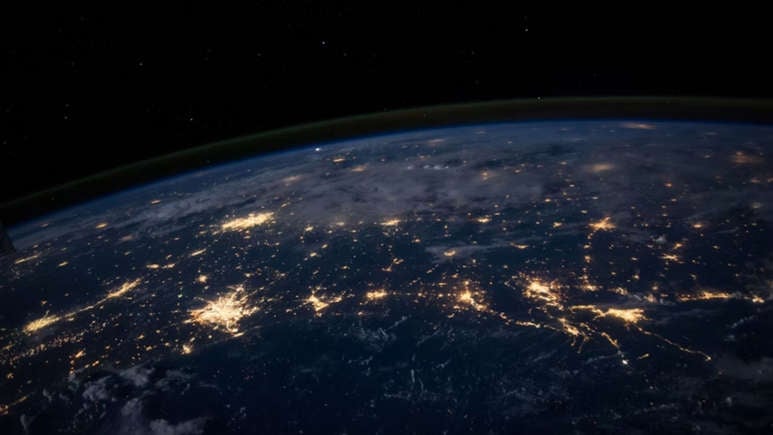
The Boeing launch last month was seen as a major victory for Boeing in its competition against Elon Musk’s SpaceX.
After the Starliner’s launch in early June, SpaceX’s Musk congratulated Boeing on Twitter, despite the rivalry between the two companies.
No Rush To Return
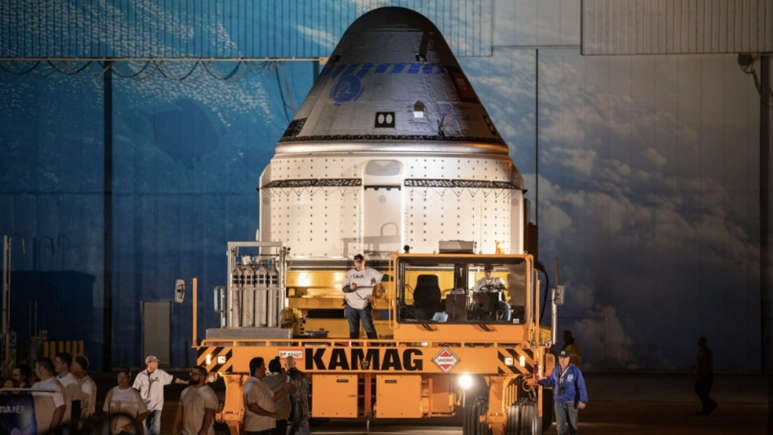
Despite Wilmore and Williams remaining in space long after their originally planned return date, Boeing and NASA have denied reports that the duo are stranded in space, and said there is no rush for them to return home.
NASA’s Steve Stich said, “I want to make it real clear that we’re not in any rush to come home.” He added, “The station is a nice, safe place to stop and take our time to work through the vehicle and make sure we’re ready to come home.”


